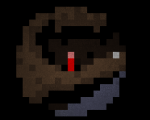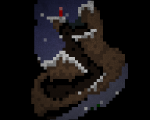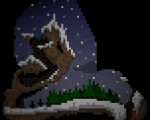After the end of year hiatus I’ve finally managed to write another post. And it’s another one of those I wanted to write for a while. It’s about a little Flash gamea called Continuity. I originally played it and planned to write sometime in December and just stumbled over it again via Twitter. So now it’s time for that short article but as with my article on Small Worlds you should give the Game a try first.
So if you’ve played it then it should be obvious why I wanted to point that game out. It’s an excellent example of combining two games into an awesome new thing. Here the boring old tile puzzle was crossbred with the jump and run. The result is a game where the obstacle is not only to reach the exit by running and jumping but also by shifting the space around.
At it’s core the game is incredibly strong as it uses two well known game mechanics together. Most people have played such a tile game and many gamers have had contact with platformers. It’s quickly understood and has a lot of potential. I especially like how the game space poses two different challenges: One as an obstacle that has to be overcome by jumping and running, and one as a puzzle that has to be solved in the correct order.
Unfortunately the game suffers some in the execution. The graphics are very simplistic but not in a charming manner. The pacing is a bit too slow – the game takes too long before the levels start to get really interesting and more complicated. And the Jump and Run part isn’t really well designed – it’s lacking challenge and is mostly very easy or simple. Addmittedly, I didn’t finish it but I thought there was room for moving platforms, crumbling floors and other staples of the genre.
Either way, it’s still a game worth playing for it’s concepts.




